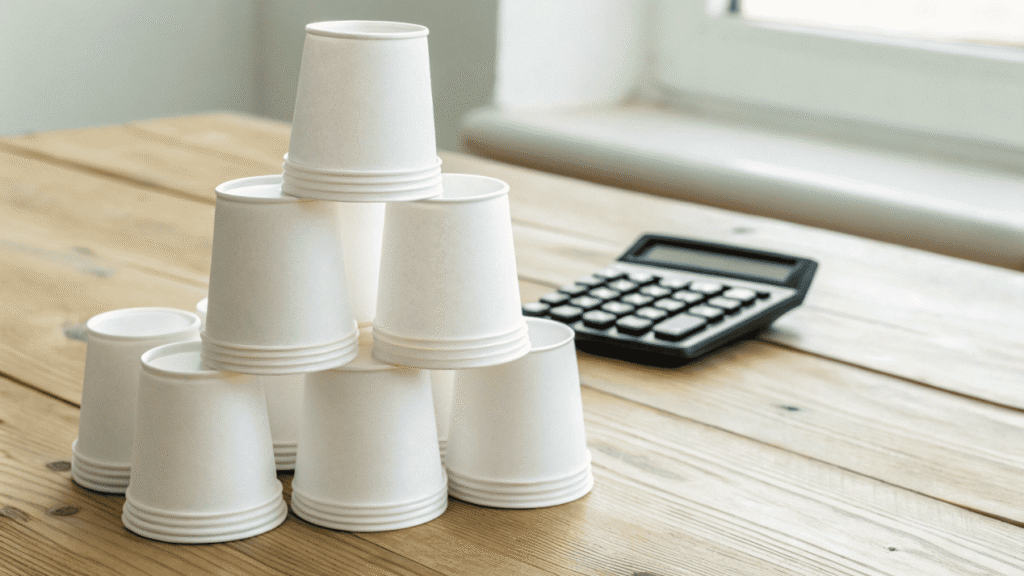You're planning a huge event, but the thought of running out of cups is a nightmare. Managing thousands of cups seems overwhelming, costly, and full of risks for your reputation.
Effective cup logistics involves four key steps: accurately forecasting volume, precise supplier scheduling, smart cost control, and leveraging branding. Mastering these ensures a smooth event and protects your budget.
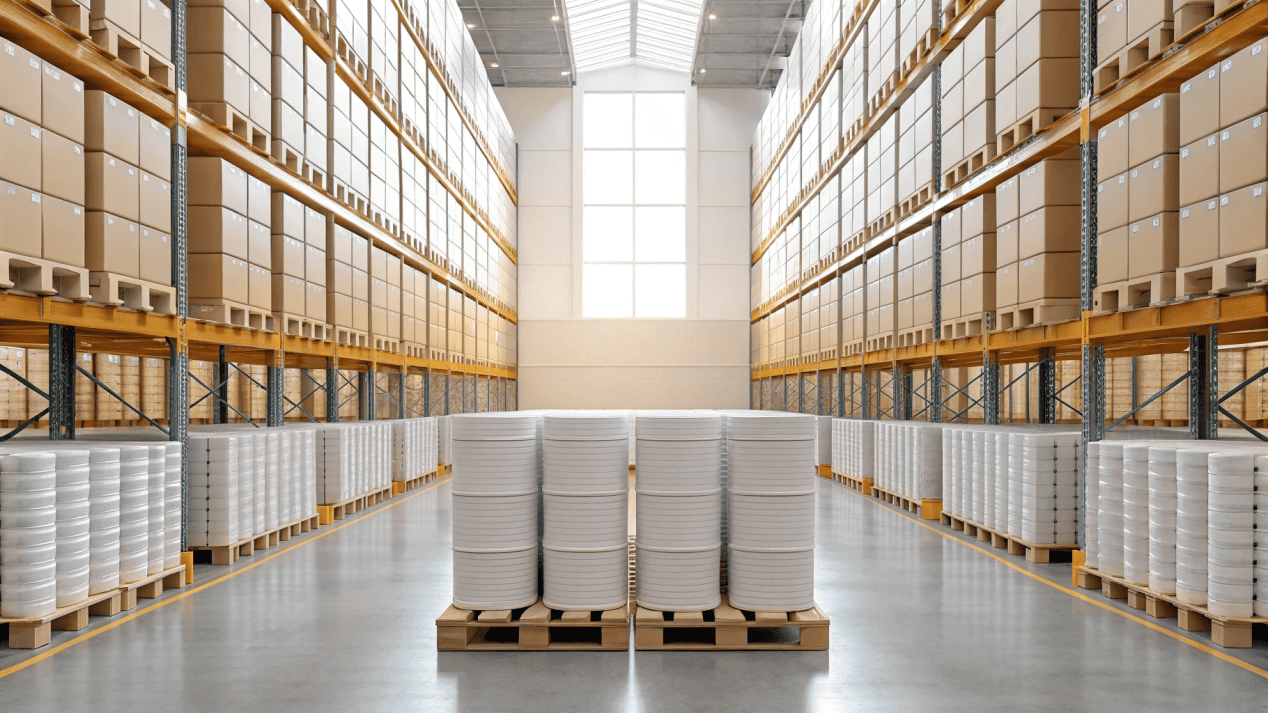
I remember a client who ran a big music festival. They almost ran out of beer cups on the first night because they didn't account for a sudden heatwave. We had to arrange an emergency overnight shipment to save the second day. This near-disaster taught them a valuable lesson: cup logistics isn't just about placing an order; it's a science that directly impacts guest experience and your bottom line. Getting it wrong is not an option. Let's break down how to get it right every time.
How Do You Accurately Forecast Your Cup Needs?
Guessing how many cups to order feels like gambling. Order too many, and you waste thousands of dollars. Order too few, and your bars grind to a halt, creating a service disaster.
Start with your attendee count as a baseline. Then, adjust for event duration, weather, and audience type. Finally, determine your size ratio and add a 15-25% buffer for waste and unexpected demand.
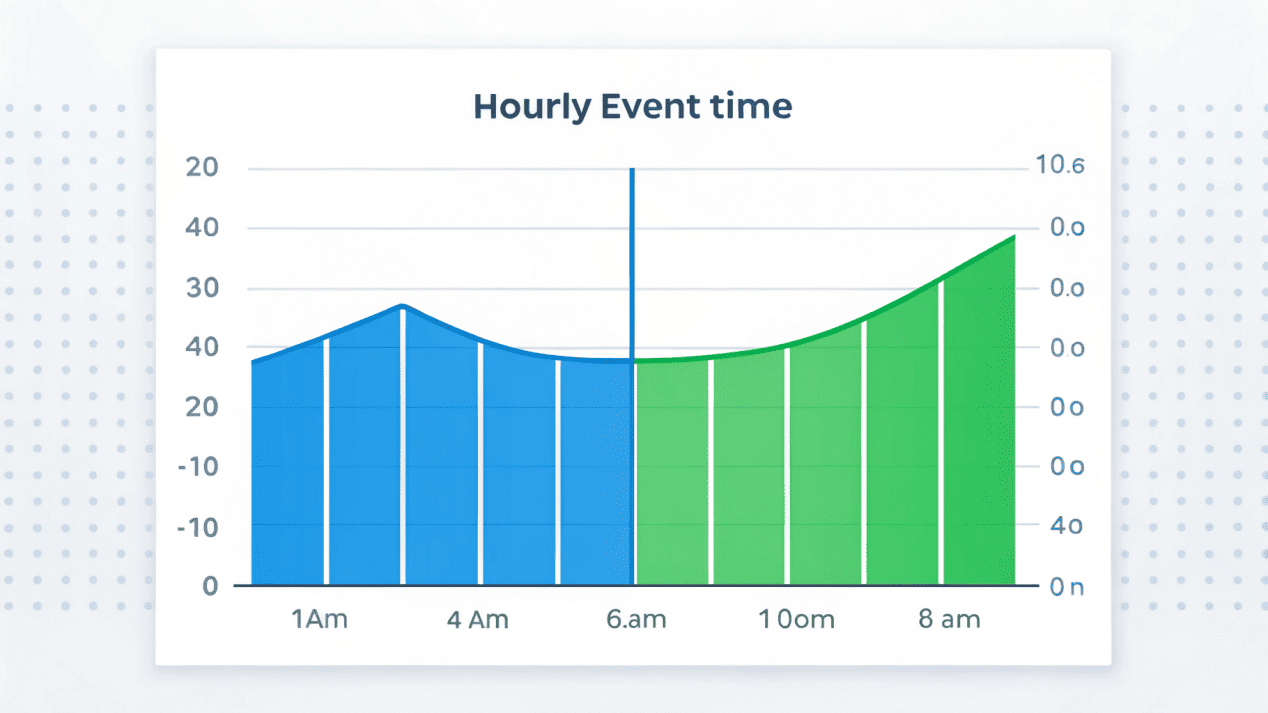
This process is part science, part art learned from experience. The science part starts with data. Your total number of attendees is your foundation. From there, we estimate consumption. A good rule of thumb I use is 1.5 drinks per person for the first hour and 1 drink per hour after that. But this is just a starting point. Hot weather can easily increase demand for cold drinks by 50% or more. Your beverage menu is also critical. Don't just order one size. You need a mix based on what you're serving. I often help my clients plan their size ratio using a simple table:
| Cup Size | Best For | Typical % of Total Order |
|---|---|---|
| 16 oz / 20 oz | Beer, Large Sodas | 40-50% |
| 12 oz | Water, Standard Sodas, Juice | 30-40% |
| 9 oz / 10 oz | Wine, Small Cocktails | 10-15% |
| 2-4 oz | Samples / Tastings | ~5% (if applicable) |
Finally, always add a buffer. I insist on at least a 15-25% contingency. This isn't waste; it's insurance against spills, damaged cups, and those surprisingly thirsty crowds.
How Can You Ensure Your Supplier Delivers on Time?
You've ordered the perfect cups, but they arrive late or during peak setup chaos. This simple scheduling mistake can create a huge bottleneck for your entire event team.
Plan far ahead, especially for branded cups (I recommend 6-12 weeks). Confirm a precise delivery window, not just a day. For multi-day events, schedule phased deliveries to avoid overwhelming on-site storage.
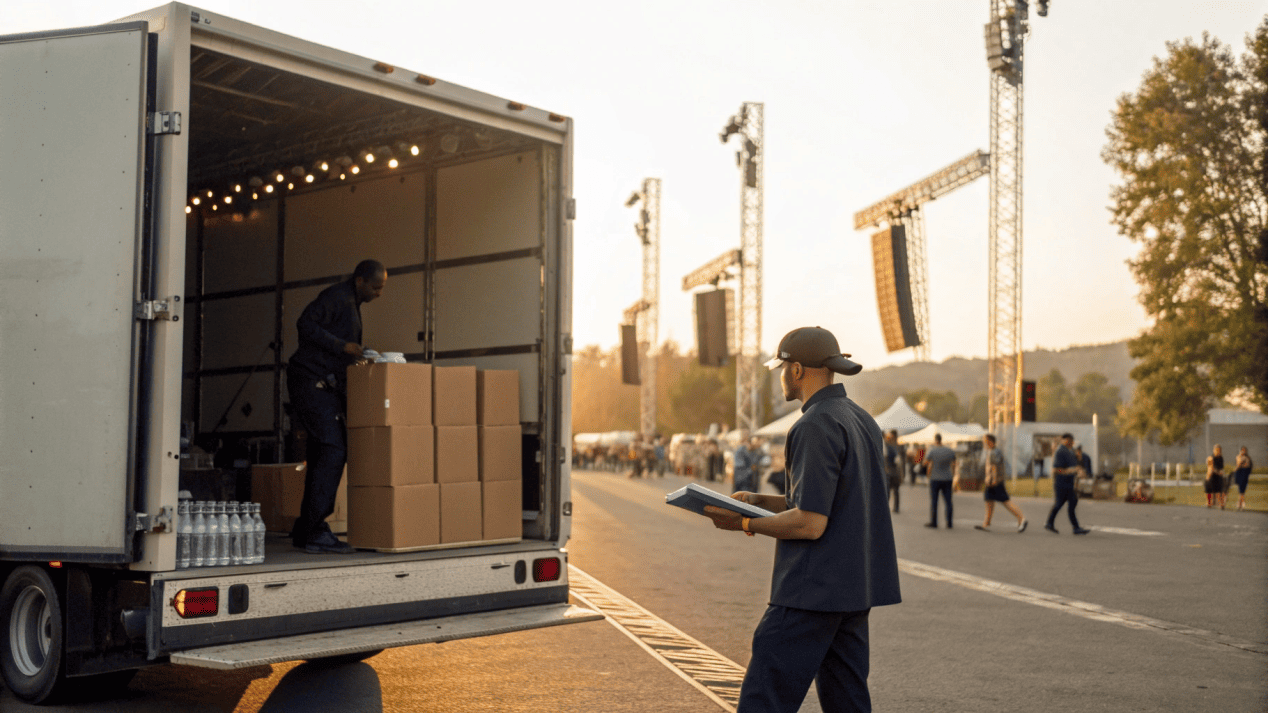
For large events, timing is everything. I had a client order beautiful custom-printed cups for a corporate summit, but they started the process only four weeks out. They ended up paying huge rush fees that could have been avoided. For any custom branding, I tell people to start the conversation with us at Wuhan Haokelao Packaging at least 8 weeks in advance. This gives us enough time for design proofing, production, and standard shipping without stress. When scheduling, book a precise delivery date and time, ideally a day or two before the event begins, avoiding peak setup hours. Designate a clear, accessible receiving point. Then, create a plan to distribute the cups from that central storage to individual bars and vendor stalls both before and during the event. For a massive, multi-day festival, don't get all your cups at once. We can arrange phased deliveries to keep your storage area manageable.
What Are the Smartest Ways to Control Cup Costs?
Event budgets are always tight. The cost of thousands of cups can quickly add up, eating into your profits if you're not careful with your purchasing decisions and waste management.
The most significant saving comes from bulk purchasing. Also, choose materials wisely; standard unbranded cups are cheapest. Consolidating your order into fewer sizes can also lead to better pricing and simpler inventory management.
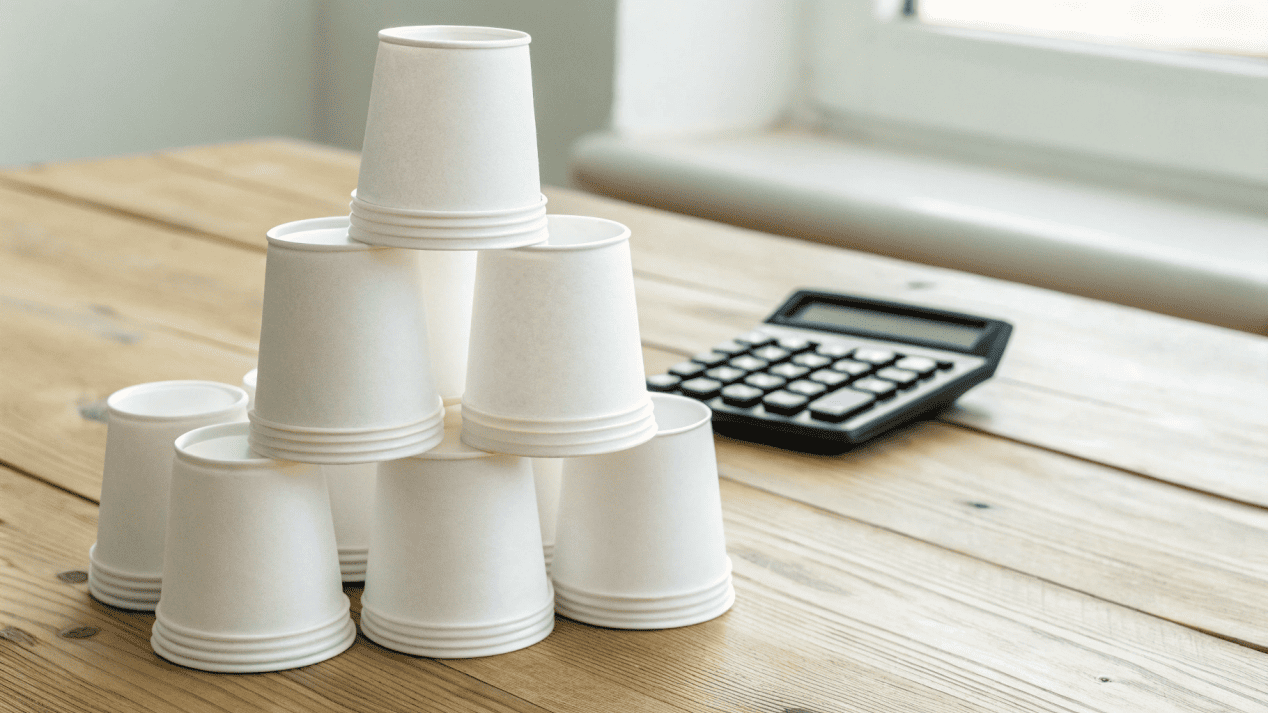
Everyone wants to maximize their budget. The most direct way to save money on cups is by ordering in bulk. The price-per-cup drops significantly as the order quantity increases. But there are other smart strategies. For example, unbranded, standard-sized cups are always the most budget-friendly option. However, you lose the marketing benefit, which we'll discuss next. Your choice of material is also a key cost factor. A traditional PE-lined paper cup is generally cheaper than a compostable PLA-lined one. You have to balance this cost against your event's sustainability goals and brand message. Another tip I give my clients is to simplify their inventory. Do you really need five different cup sizes? Often, a 12 oz and a 16 oz cup can cover 95% of your needs. Using fewer SKUs (Stock Keeping Units) makes ordering easier and helps you reach higher quantities for better bulk pricing on each size.
How Can a Simple Cup Become a Powerful Marketing Tool?
You might see cups as just a functional item and an expense. If so, you're missing out on one of the best opportunities to boost your brand and even generate revenue.
A custom cup is a mobile billboard in every attendee's hand. It enhances brand visibility, creates valuable sponsorship opportunities, communicates your values, and encourages organic social media sharing.
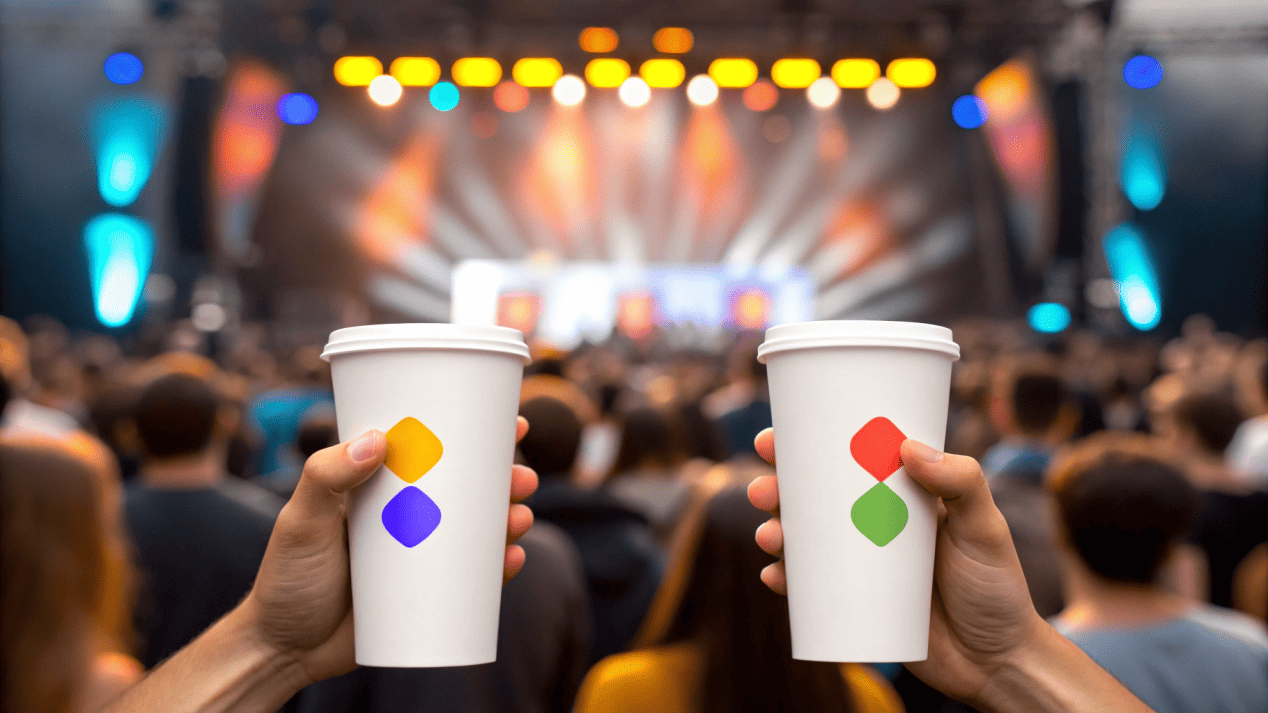
This is where the extra cost of custom printing pays for itself many times over. Think about it: every person at your event is holding your brand in their hand for hours. That's thousands of moving advertisements. I helped a local food festival sell the branding space on their cups to a major beverage sponsor. The sponsorship revenue didn't just cover the cost of the cups; it actually turned the cups into a profit center for the event. Your choice of cup also sends a powerful message. Using a recyclable or compostable cup tells everyone you're a responsible, modern event, which resonates with today's consumers. And never forget social media. A cool, well-designed cup is "Instagrammable." People will take pictures with it, giving you free marketing. I always suggest adding a simple hashtag or QR code to the design. It's an easy way to turn a simple expense into a powerful tool for customer engagement.
Conclusion
Mastering logistics through planning, scheduling, cost control, and smart branding transforms a simple cup from a potential headache into a key asset for any successful large event.
